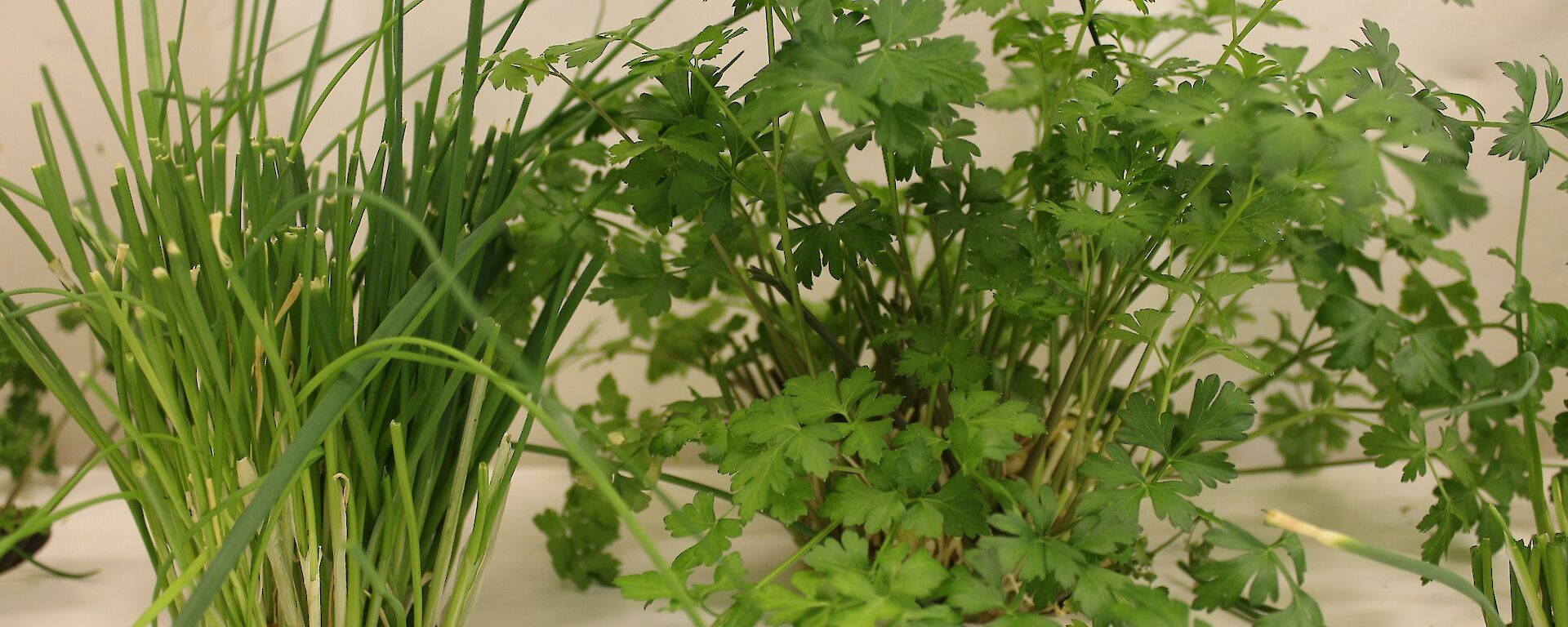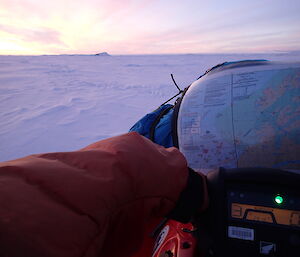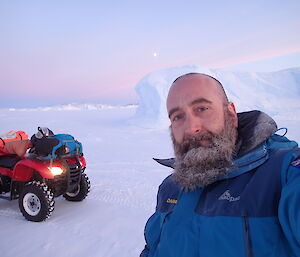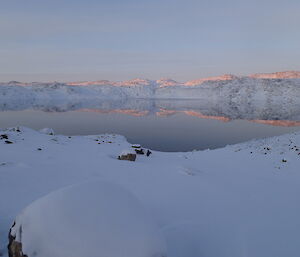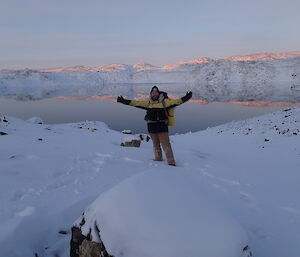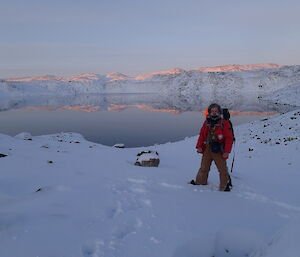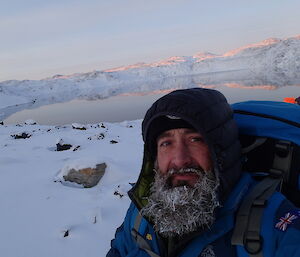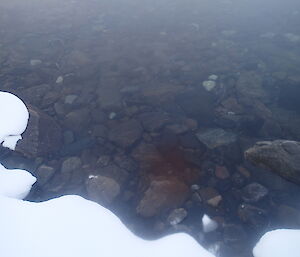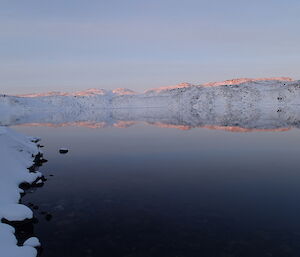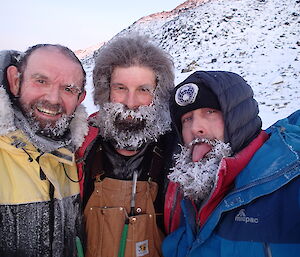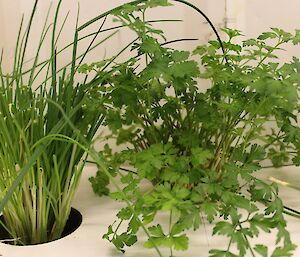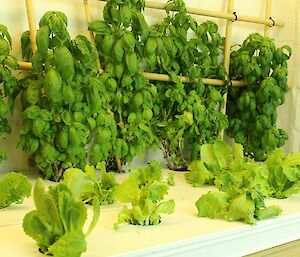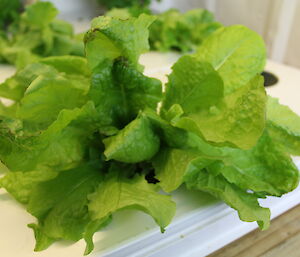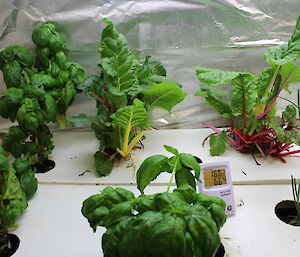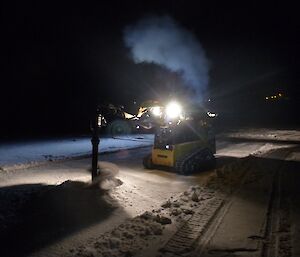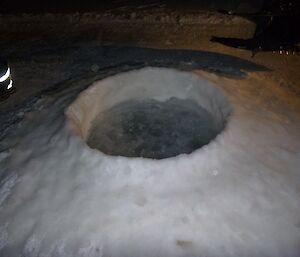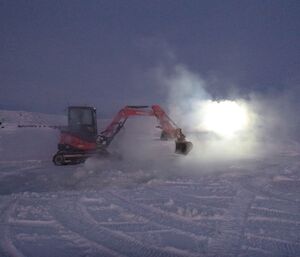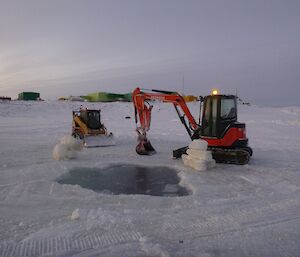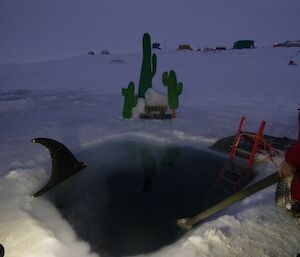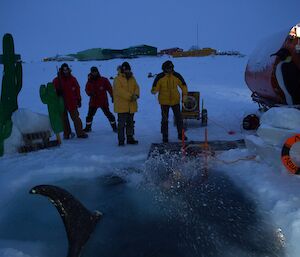We — Ladge, Daz and John — recently headed out to Deep Lake to take the lake level measurements that we collect monthly through the winter.
The Deep Lake levels have been monitored since the 1970’s, as it’s a unique lake in the Vestfold Hills area. Around 4000 years ago the sea level dropped, cutting sea water off from the lake, and since then evaporation has occurred and the lake has become hypersaline. The lake contains 250 grams of salt per litre which makes it one of the top ten saltiest lakes in the world.
During winter Deep Lake temperature drops to −15°C and it never freezes. Over summer the surface water of the lake can be as high as 10°C.
The record from Deep Lake is one of the longest non-weather records continually monitored in Antarctica. As the lake is one of our ‘State of the Environment’ indicators keeping the record going is very important.
We are told at the start of the winter don’t be tempted to put your hands into the water – at −15°C you’ll get severe frostbite!
Darren White and Michael Goldstein

